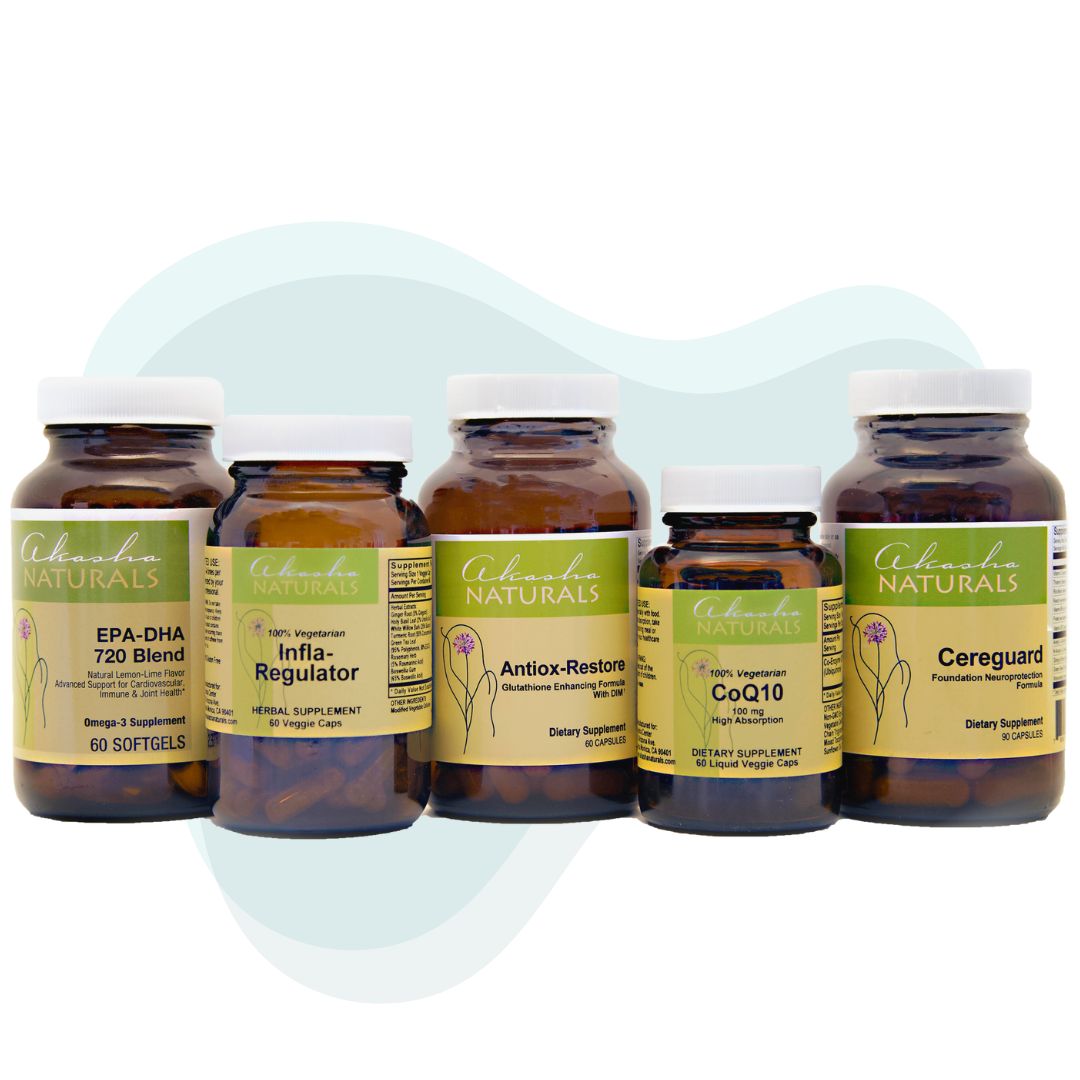by Olivia Barry, PT, C-IAYT, E-RYT500
Ideally, in just eight hours following a meal, we absorb the good nutrients and get rid of the remaining waste matter through the colon. Often these processes take much longer than eight hours, which runs our guts into trouble. Imagine perishable food that sits on the counter on a warm day. After eight hours, it’s rotten. Same in our warm bellies. In fact, when the plumbing gets clogged down yonder, a sort of biological dumpsite forms in the abdomen. The body pulls toxic water from the dump, and sends it back through our system. Besides the obvious yuk factor, this process brings lethargy, malaise, and the blues. We need to move that waste out, and when we do, our colons are healthy. Our immune system is enhanced, and so are our serotonin levels; we actually feel more joyous after a good dump. Instinctively we know that to be the case, but what can we do to help the process along? Modern day life lends itself to sitting and eating processed foods — the twin pillars of gut dysfunction. See this month’s article by Dr. Bren Boston for diet suggestions to keep the flow moving. The following tips address the issue from a movement standpoint:
1. Exercise stimulates circulation throughout the body, including in the gut, and keeps things moving. Peristalsis is the involuntary tightening and release of the intestinal walls and the force behind moving waste from the stomach through the colon and out of the body. Exercise of any form has been shown to stimulate the contractions of the colon’s smooth muscles, improving symptoms and well-being in those with irritable bowel syndrome and constipation.
2. Posture too plays an important role as it can either restrict or enhance the efficiency of the food transit pathway. When we round the spine and slouch, the abdomen is compressed. Imagine a giant slinky in the abdomen. When it has space, it can open and close easily. Now imagine compressing the slinky so it can’t open. That’s what happens when we slouch. Peristalsis slows down immensely because the little intestines are trying to contract and release under the pressure of the giant ribcage and heaviness of a sunken chest. Constipation and heartburn ensue. When we sit upright with a tall spine, the ribcage lifts off the intestines and peristalsis occurs freely again.
3. Breathing optimally plays a huge role in regulating digestion. Sandwiched between the ribcage and the intestinal tract, the diaphragm is the main muscle of respiration. Studies show that a stronger diaphragm can prevent heartburn.
The modern paradigm of sedentary and stressful lives incites a shallow breath pattern. Combined with poor posture in which the front of the ribcage droops down, the only place for the breath to go is the upper lung region. Shallow, upper chest breathing is the opposite of what our gut needs.
The abdomen responds robustly to slow, belly breaths. The wavelike motion of the breath through the pelvic region can stimulate the wavelike motion of peristalsis. How can we switch over to a better breathing pattern? Sit up tall and take conscious breaths into the lower belly. Avoid distending the abdomen; rather, on the inhalation, allow the belly to be moved gently out, and on the exhalation, allow the belly to recede back towards the spine. Imagine you are massaging your colon with your breath. This breathing pattern enhances peristalsis and digestion.
4. Though movement is essential for good digestion, being still and relaxed has a uniquely important role in gut health. Especially after eating, lull yourself into a quiet state of body and mind. Relaxation stimulates the rest-and-digest aspect of the nervous system. Peristalsis is at its strongest when we are resting. Too much activity immediately after eating turns off peristalsis and can lead to gastric reflux, in which the food and digestive acids, stuck in the stomach, are more likely to splash back up into the esophagus, which creates a burning sensation near the heart, a.k.a heartburn. Resting after eating moves us from the flight-flight aspect of the nervous system to the rest-and-digest state. Remain upright however, as lying down immediately after a meal, though restful, is yet another invite for heartburn and sluggish digestion.
5. Yoga is a multi-dimensional practice that includes all of the above benefits. Some yoga poses are physically challenging, providing a classic “exercise” experience. Other poses are restorative and restful, inspiring the rest-and-digest phase of the nervous system. The various movements of the spine — back bending, forward bending, twisting, side bending, and inverting — create a momentous internal massage to the organs with cleansing properties to the kidneys, liver, and intestines. Nearly all yoga poses are designed to optimize posture and breathing. Yoga has the added benefit of creating space in the body through stretching and sustaining expansive positions of the body. The stress-relieving experience of yoga frees up common patterns of gripping in the abdomen and elsewhere in the body. Stagnation passes, and optimal circulation arises.
A Yoga Pose for a Full Stomach or Simply to Enhance Digestion
Supta Buddha Konasana over a bolster is an excellent way to rest in a pose with a spacious abdominal region. Lie down with the bolster lengthwise under the spine and take a blanket or towel as a pillow for your head. Join the soles of your feet together with the knees bent wide, and place some towel rolls under your knees to prevent excessive inner thigh stretch. Once you lie back, place your arms at your side with the palms up, and relax. Be in the pose for 5 – 20 minutes. Often people’s GI tracts will start grumbling in this pose, which is a great sign! Those are the sounds of desirable movements through the gut and proof that you’ve landed yourself in the rest-and-digest state.
Workshop 2/25/18, 1-4pm, Playa Vista YogaWorks
Heal Your Gut
Dr Bren Boston, MD, and Olivia Barry, PT
A talk and a yoga practice to learn what your gut needs to stay healthy.
$60
–
Olivia Barry is our Physical Therapist and Yoga Instructor, you can make an appointment with her by calling 310-451-8880 or emailing us at info@akashacenter.com









